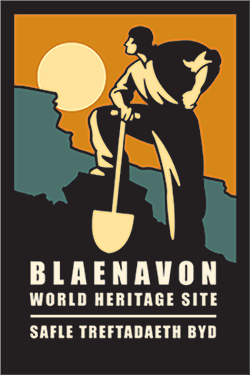Social Life
HINT: Click or tap on a point of interest to find out more about that attraction. Click or tap again to close. To load another map or location, please select a category from the menu to show hotspots for that category.
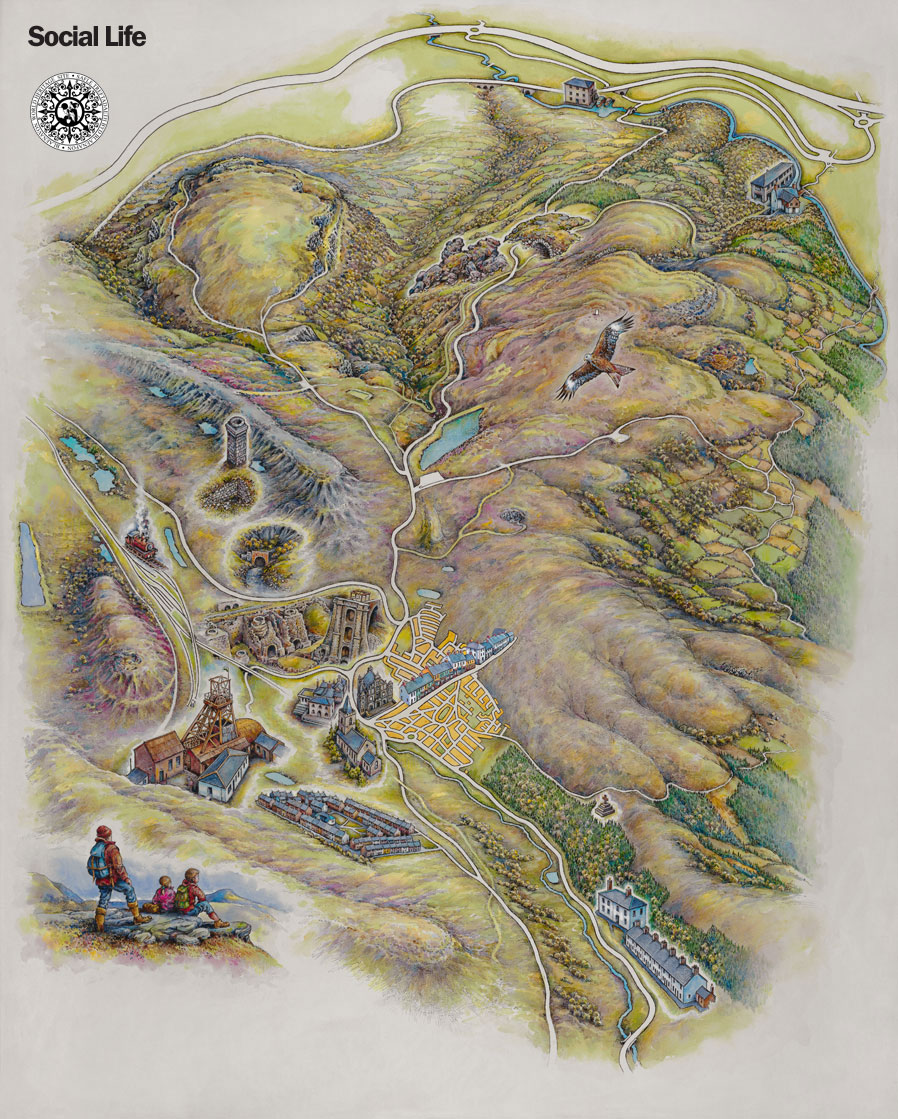
GARN DDYRYS HOUSING
Garn Ddyrys had workers housing on its site. At Garnddyrys worker's housing consisted of two-storey, single-fronted, stone cottages with stones lintels and corbelled and barrel-vaulted rear larders built into the hillside (Garnddyrys Square); there were also fifteen stone cottages at Garnddyrys Row. The foundations of these were excavated in the 1970s.
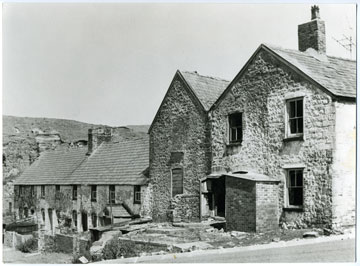
STACK SQUARE AND ENGINE ROW
Stack Square and Engine Row are a set of small stone cottages built in the 1780’s to house the skilled furnace workers from Blaenavon Ironworks. The houses would have encouraged skilled migrants to come and work at the new Ironworks, like Timothy McCarthy. The square included the manager’s house, the company shop, and office. Today they are a Scheduled Ancient Monument and have been restored by CADW for visitors to walk around. In 2007/8 they featured in the popular BBC Coal House television series.
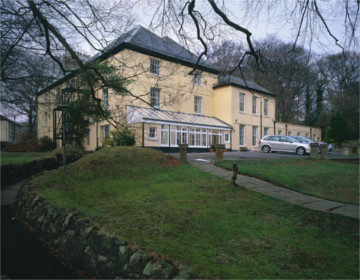
TY MAWR
Ty Mawr, also known as Blaenavon house, or currently “The Beeches”, was the residence of Iron Master Samuel Hopkins. Archdeacon William Coxe, when he visited Blaenavon in 1798 said that it was ‘a comfortable and elegant mansion’ . The grand house, with its many rooms and gardens, would have been a visible contrast to the workers homes. The building was turned into a hospital in the 1920’s and then became a nursing home in the 1980’s. It closed in 2007.
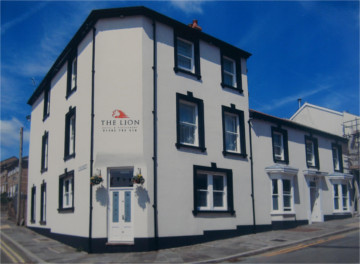
LION HOTEL
The Lion hotel was one of Blaenavon’s many inn’s and pubs. In 1868 it was the focus of a riot, when a liberal candidate lost to a Conservative candidate general election. The angry and drunken mob went on the rampage and vandalised the Lion Hotel, who’s Landlord was a tory. They drank all the alcohol and smashed and vandalised the premises. The riot was only stopped when the ‘redcoats’ (Soldiers) arrived. Most of the rioters were sentenced to hard labour.

KING STREET
King Street is one of Blaenavon’s oldest streets and was originally known by the Welsh as ‘Heol-ust-tewi’ (‘Hush Silence Road’). In the 19th and early 20th centuries the street was thriving, with many shops and public houses. In 1868, riot broke over the general election results in King Street. Rioters attacked the shops of a local grocer and shoemaker and threw their goods into the street, where they were stolen by the mob.
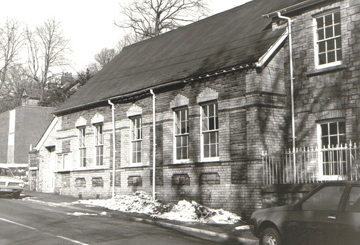
THE OLD COURTHOUSE
This site was once the site of Blaenavon’s Court House, or Magistrates. Throughout Blaenavon’s industrial history the Court House has been the focus of violence and riots when people, particularly women and children, were prosecuted for stealing food or coal to help their families survive during times of strike.

THE CO-OPERATIVE
The Co-operative Society in Blaenavon was founded in 1889 and acted as a welfare organisation for the workers in need and also encouraged social activities. The Workmans Hall was the focus for the society. The Co-operative Society shop operated from 1915 to 1970 when the whole corporation changed into the co-op that we know today. The shop however still remains in Ivor street.

WORKMEN'S HALL
The Hall, which opened in January 1895, is a testament to Blaenavon’s proud social history. Its creation was funded by the Blaenavon Workmen’s Institute, who collected a halfpenny every week from its members’ wages. For decades the Workmen’s Hall was the focal point of the community, providing a library, games, entertainment and recreational activities. Today it continues to be a hub of social activity.
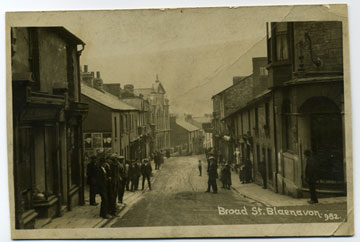
BROAD STREET
Broad Street, Blaenavon’s main commercial centre, was developed in the mid 19th century. During the Victorian age the street contained many thriving businesses and the town bustled with activity. By 1901 there were over two hundred commercial buildings in Blaenavon, including dozens of public houses. During the economic decline of the 20th century many shops and business closed. Recent regeneration schemes have attempted to rejuvenate the area and a range of shops and cafes can now be found in Broad Street.
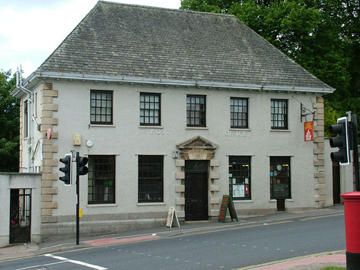
POST OFFICE
The post office, which is still in use today, was built in 1937 and is a good example of an inter-war post office. It is a Grade II listed building with many original features such as the tiled flooring, mahogany panelling and original 1930’s counters. The original post office was originally situated in the main commercial centre of Broad Street, but was abandoned when the new building was opened in Prince Street, demolishing some of the oldest buildings in Blaenavon to make way for it.
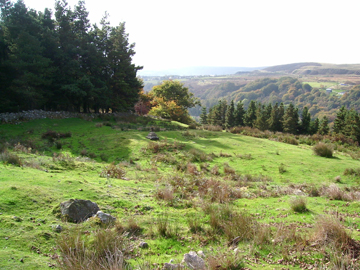
CAPEL NEWYDD
Prior to the establishment of the ironworks in 1789, Blaenavon was a sparsely populated, Welsh-speaking, agricultural community. The spiritual needs of the locals were catered for by a small, medieval chapel-of-ease, known as Capel Newydd (New Chapel). In the late eighteenth century, with the introduction of the Iron and Steel Industry, the population of the area soared. Capel Newydd could not accommodate the increased number of adherents and was also situated at an inconvenient distance from the ironworks, so a new chapel, St Peter’s was built.

FORGE ROW, CWMAVON
To the south of Blaenavon is the village of Cwmavon. During the early 1800s a forge was constructed in the village, linked with Blaenavon Ironworks, probably employing the puddling process. An exceptional example of forge workers terrace’s which originally consisted of twelve dwellings, were built 1804 - 6, and are now Grade II listed. They were repaired by the British Historic Buildings Trust in 1987-88, and has been described as the finest surviving terrace of early workers' housing in the South Wales Valleys.
Main Attractions
See what Blaenavon has to offer, explore the local history and find things to do.
Trails
Why not explore Blaenavon and surrounding areas by foot? Take a look at our short walks.
Industry And Trade
Find all about Blaenavon and explore the former mining pits or visit the ironworks.
Social Life
Have a look around the main town area, explore its shops and meet the friendly locals.
Landform and Wildlife
Take a visit to the many natural features around Blaenavon.
